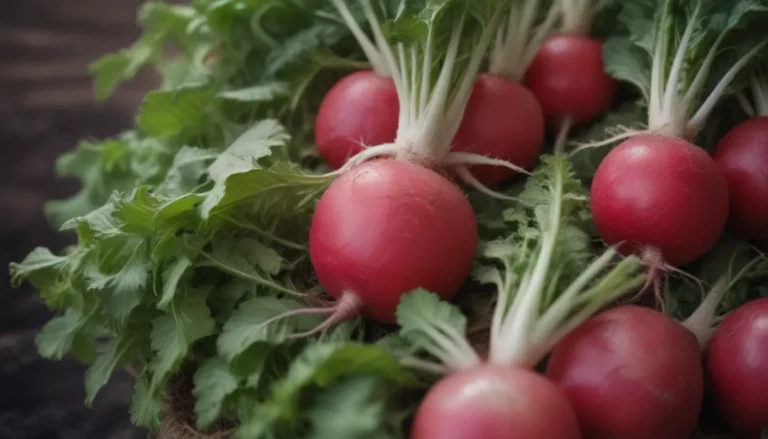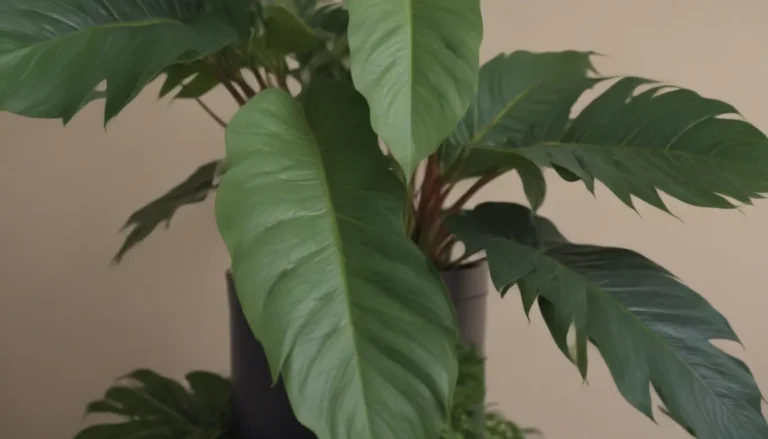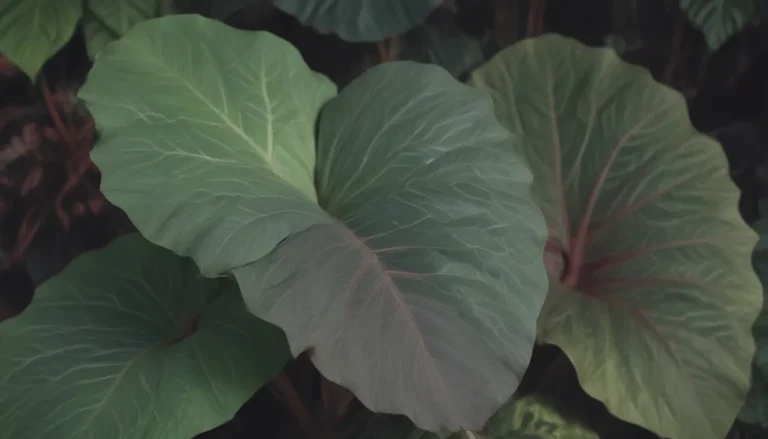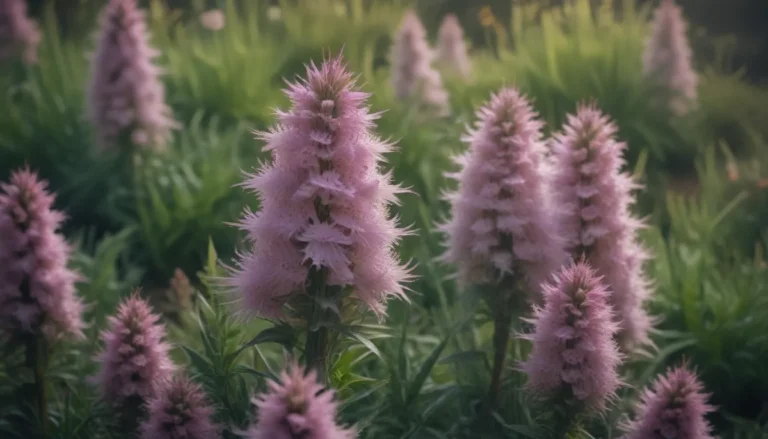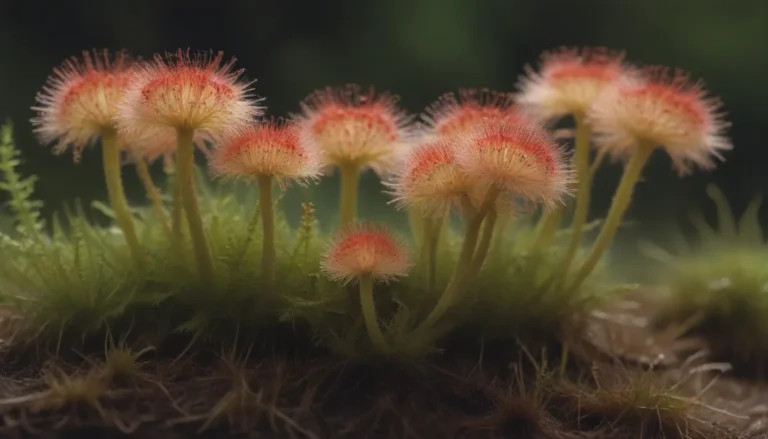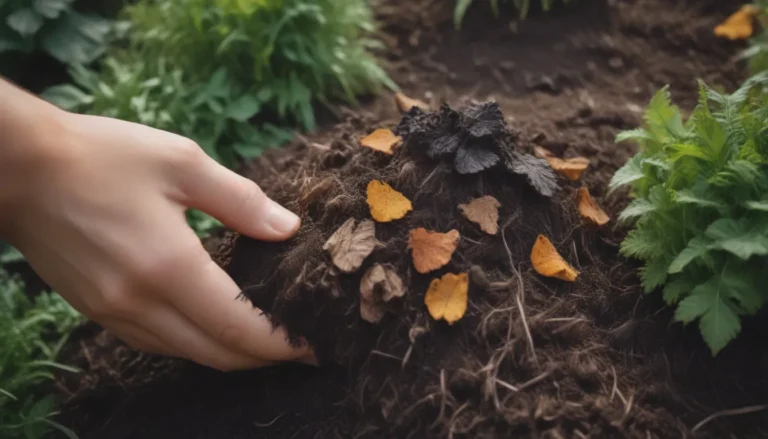Comprehensive Guide: How to Grow and Care for Washington Hawthorn Trees
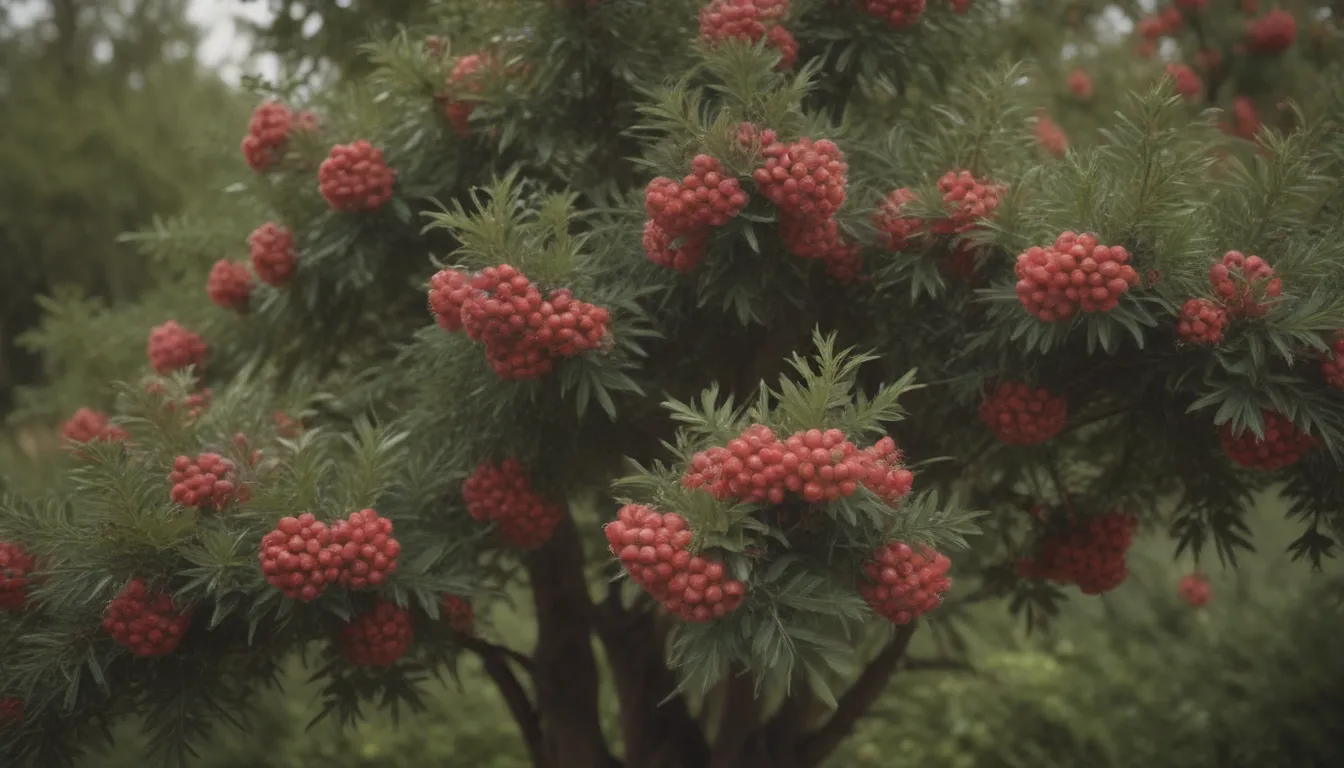
If you’re looking to add a touch of elegance to your landscape, the Washington hawthorn tree is a perfect choice. These small, thorny deciduous trees are known for their beautiful June flowers, vibrant fall foliage, and winter fruits that attract wildlife. Whether you’re planning to plant a single tree as a focal point or create a hedge using multiple trees, Washington hawthorns are versatile and easy to care for.
Why Choose Washington Hawthorn
Before diving into the details of caring for Washington hawthorn trees, let’s explore why they are a popular choice for landscapes:
- Beautiful June Flowers: Washington hawthorns produce clusters of small white flowers that resemble apple blossoms, adding a touch of elegance to your garden.
- Vibrant Fall Foliage: In the fall, the leaves of Washington hawthorns turn vibrant shades of orange, scarlet, and purple, creating a stunning display.
- Winter Fruits: The fruits of Washington hawthorns serve as a valuable food source for wildlife during the winter months, attracting birds and other animals to your garden.
- Adaptability: These trees can thrive in various soil types and pH levels, making them a versatile choice for different landscaping conditions.
Washington Hawthorn Care Tips
To ensure your Washington hawthorn trees thrive and continue to beautify your landscape, here are some essential care tips to keep in mind:
Light
While Washington hawthorns can tolerate partial shade, they prefer a sunny spot to flourish and produce abundant flowers and fruits.
Soil
Washington hawthorns adapt well to various soil types, including acidic, alkaline, loamy, moist, sandy, and clay soils. However, they prefer well-drained soil for optimal growth.
Water
Water newly planted Washington hawthorn trees regularly to help them establish healthy root systems. Once established, they are reasonably drought-tolerant but will still benefit from regular watering to stay hydrated.
Temperature and Humidity
These trees thrive in most regions of the United States, except for extremely cold or hot areas. They do not perform well in very humid climates.
Fertilizer
Apply a balanced fertilizer to Washington hawthorn trees every other year in the spring to promote healthy growth and abundant flowering.
Types of Washington Hawthorns
When selecting a Washington hawthorn tree for your landscape, consider these popular cultivars that offer unique characteristics:
- ‘Princeton Sentry’
- ‘Fastigiata’
- ‘Winter King’
- ‘Vaughn’
Pruning Tips
While Washington hawthorns require minimal pruning, proper training is essential to prevent them from developing into thickets. If pruning is necessary, it is best to do so after blooming or in the fall after the leaves drop. Consider consulting a licensed arborist for pruning thorny hawthorn trees.
Propagating Washington Hawthorn
Nurseries typically propagate Washington hawthorn trees through grafting methods, as cuttings may result in inconsistent success. If attempting to propagate from cuttings, take hardwood cuttings in early fall or winter for the best results.
Growing Washington Hawthorn From Seed
Growing Washington hawthorn trees from seeds can be a slower but more reliable method than using cuttings. Follow these steps to grow Washington hawthorns from seed successfully:
- Collect seeds from mature fruits in the fall.
- Stratify the seeds by placing them in a moist, cool environment for a few months.
- Plant the seeds in well-drained soil in the spring and water regularly to promote germination.
Common Pests and Plant Diseases
Washington hawthorn trees are generally resistant to pests and diseases, but some common issues to watch for include aphids, borers, caterpillars, and leaf spot diseases. Keeping an eye on your trees’ health and promptly addressing any pest problems can help maintain their vitality.
How to Encourage Blooming
To ensure your Washington hawthorn trees produce abundant flowers, follow these tips:
- Bloom Months: Washington hawthorns typically bloom from late spring to early summer, providing a delightful display of white flowers.
- Flower Characteristics: The small white flowers of Washington hawthorns emit a sweet, almond-like fragrance, adding to their appeal.
- Encouraging Flowering: Providing full sun and regular fertilization can help stimulate flower production in Washington hawthorn trees.
Common Problems to Watch For
Despite their resilience, Washington hawthorn trees may encounter a few common issues that gardeners should be aware of:
- Weak Branches: Proper pruning and training can help prevent branches from breaking during severe weather or ice storms.
- Browning Branch Tips: Fire blight, a bacterial disease, can cause branches to wilt and die. Prune affected branches promptly and avoid excess nitrogen fertilization.
In conclusion, Washington hawthorn trees are an excellent choice for landscapes due to their beauty, adaptability, and low maintenance requirements. By following the care tips outlined in this guide, you can ensure your Washington hawthorn trees thrive and enhance the beauty of your outdoor space.
Remember, while caring for Washington hawthorns may require some effort, the rewards of their stunning flowers, colorful foliage, and wildlife-attracting fruits make it all worthwhile. So, go ahead and plant a Washington hawthorn tree in your garden to enjoy its beauty for years to come!
